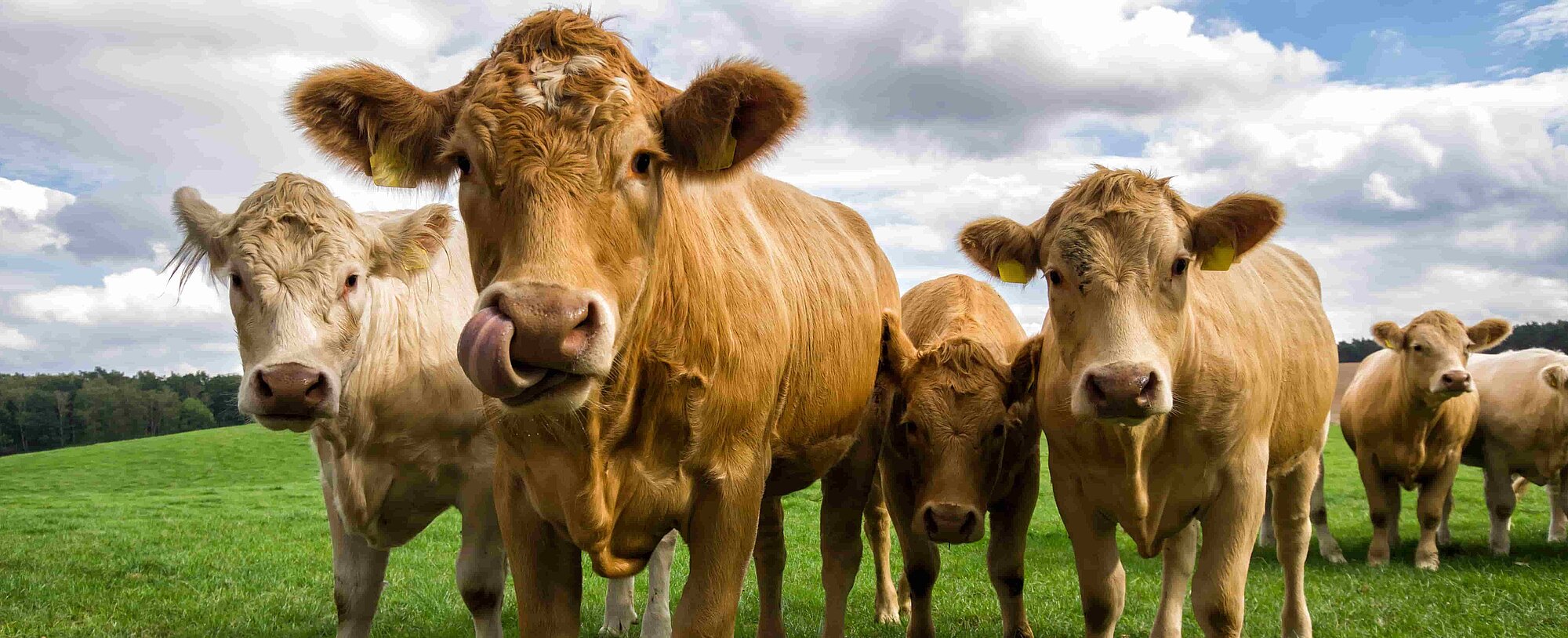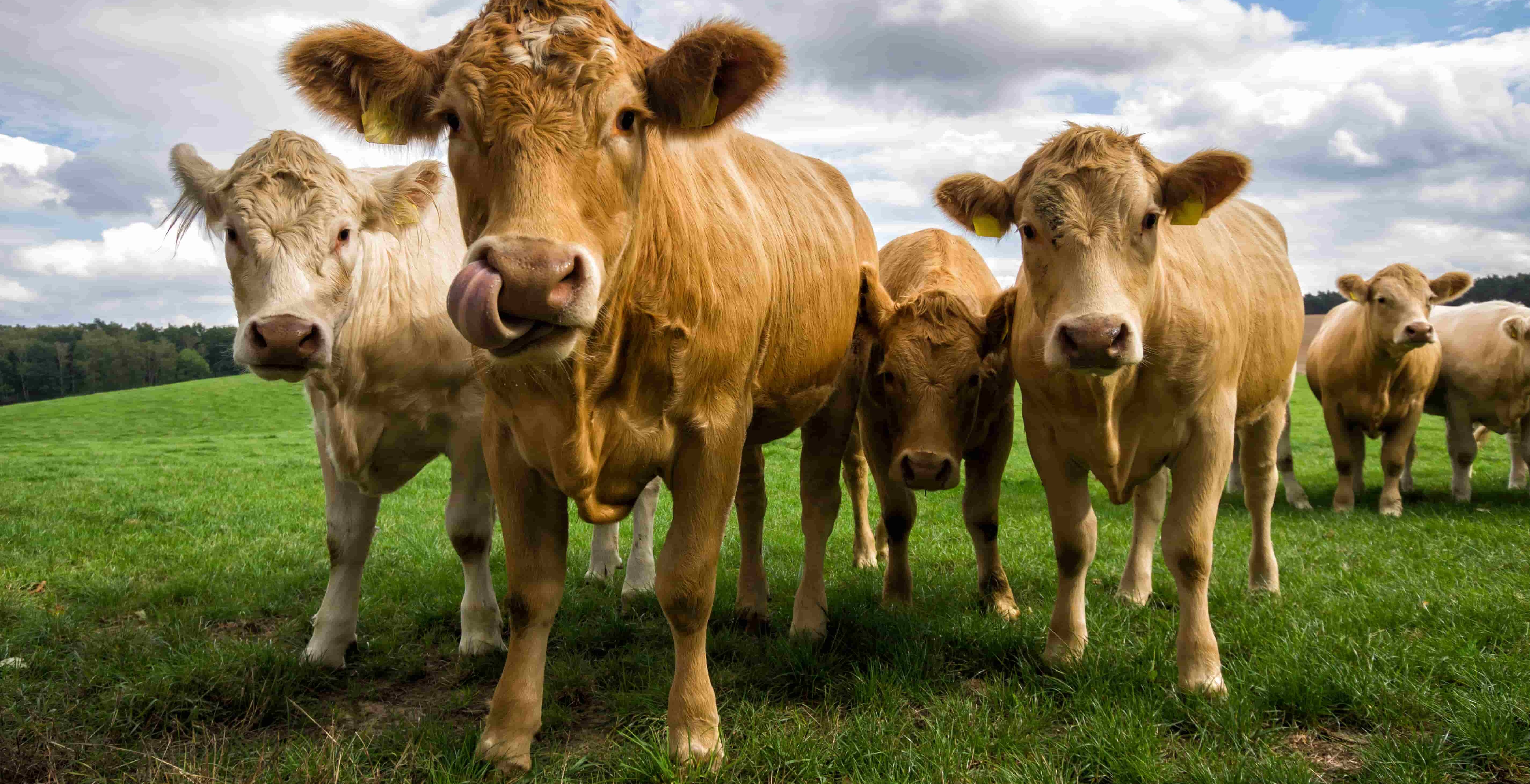We offer a broad portfolio of feed additives for the premix, basemix and compound feed industry but also for pet food producers. This includes micronutrients, colourants, digestibility enhancers, preservatives, and silage additives.
Product safety and efficacy are at the centre of all our activities. Our feed additives help our customers to produce feed for economically efficient and sustainable animal breeding.
Our range of feed additives covers applications such as
- Vitamins for all animal species;
- Carotenoids for egg yolk, salmon meat and shrimp pigmentation;
- Enzymes for poultry and pig feed to increase digestibility of phytate or to reduce antinutritive effects of non-starch polysaccharides (NSPs);
- Organic acids which can be used for feed preservation or as silage additives;
- Omega–6fatty acids in various formulations for dairy, pig or dog feed;
- Supplement feed based on Omega–6fatty acids for dairy cows;
- Clay products as anti-caking agent for feedstuffs;
- Other feed additives such as 1,2-Propanediol
CLA makes a positive contribution to lifetime yield and fertility of dairy cows.
When dairy cows have access to pastures or green fodder, they ingest linoleic acid, among other things, which can be converted into conjugated linoleic acid in the rumen. This is why milk from grass-fed cows usually contains more conjugated linoleic acid (CLA) than milk from cows that have no access to pastures or green fodder.
One form of CLA – trans-10, cis-12 CLA – can be found in particularly high concentrations in milk from grass-fed cows in spring. It is in this period that the ruminant animals would have originally calved. Today’s dairy cows calve at any time during the year often also have no access to pastures. It therefore seems appropriate, especially at the beginning of lactation, to support dairy cows with CLA-enriched feed.
CLA reduces the milk fat content during the supplementary feeding phase in a dose-dependent manner and leads to lower blood glucose utilization per kilogram of milk. Scientific studies prove that a targeted reduction in milk fat through CLA leads to higher blood glucose levels in the first weeks of lactation, and less body fat is mobilized.








